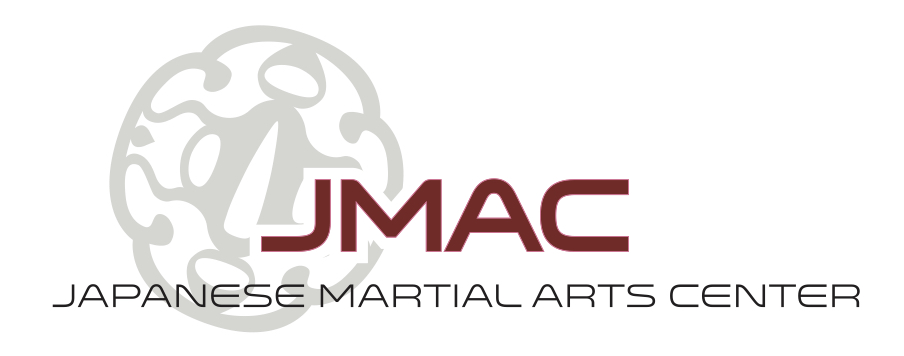“I
get the basic technique, but struggle with the applications.” The struggle is real. Many martial artists find it difficult to
move beyond basic techniques into free form practice. They wonder how others
manage to “flip the switch” to safe, effective high-level randori, or free practice.
Fortunately,
there’s a common foundational skill set in Tomiki Aikido, that can help
transform the way you apply your techniques.
John Gage-Sensei tells us that, “Randori
no Kata was created by Tomiki Sensei to provide a framework for students to
move safely from static, prearranged methods to free form, competitive
practice. The core skills, postures, and movements help develop speed,
fluidity, and efficiency in real time application of martial arts, especially
judo, jujutsu and aikido.”
Join us at JMAC in Ann Arbor on March 16, 17 & 18, 2018, to
explore the integration of Aikido, Judo, & Jujutsu with Satoh
Tadayuki Sensei.
Satoh Tadayuki Sensei is one of the world’s leading experts of
Tomiki-style aikido. He studied directly with Tomiki Kenji Sensei, founder of
the Japan Aikido Association, in the living room of his house, and later at
Waseda University. In 2007, Satoh Sensei was granted the position of Shihan of
Waseda University Aikido club, a position that had been vacant since Professor
Tomiki’s death in 1979. Additionally, he teaches aikido at the Japan Police
University, and international seminars in the Americas, Europe and throughout
Japan.


